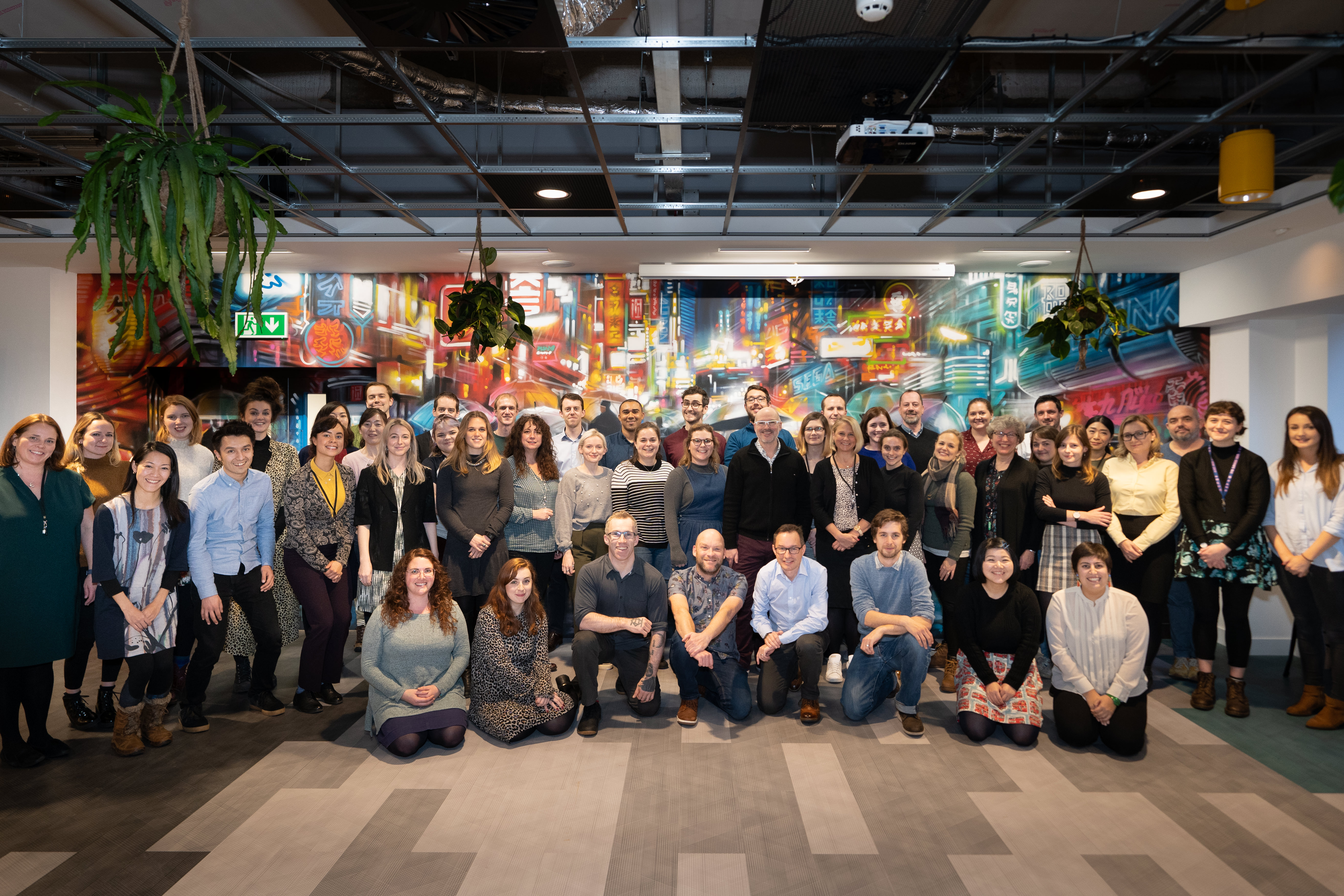
Our lowdown on Malaysia.
Why visit Malaysia? This is what we love about the country.
For those who associate Southeast Asia with chaotic, moped-choked cities and thatch-roofed, dirt-road villages, Peninsular Malaysia can come as a bit of a surprise.
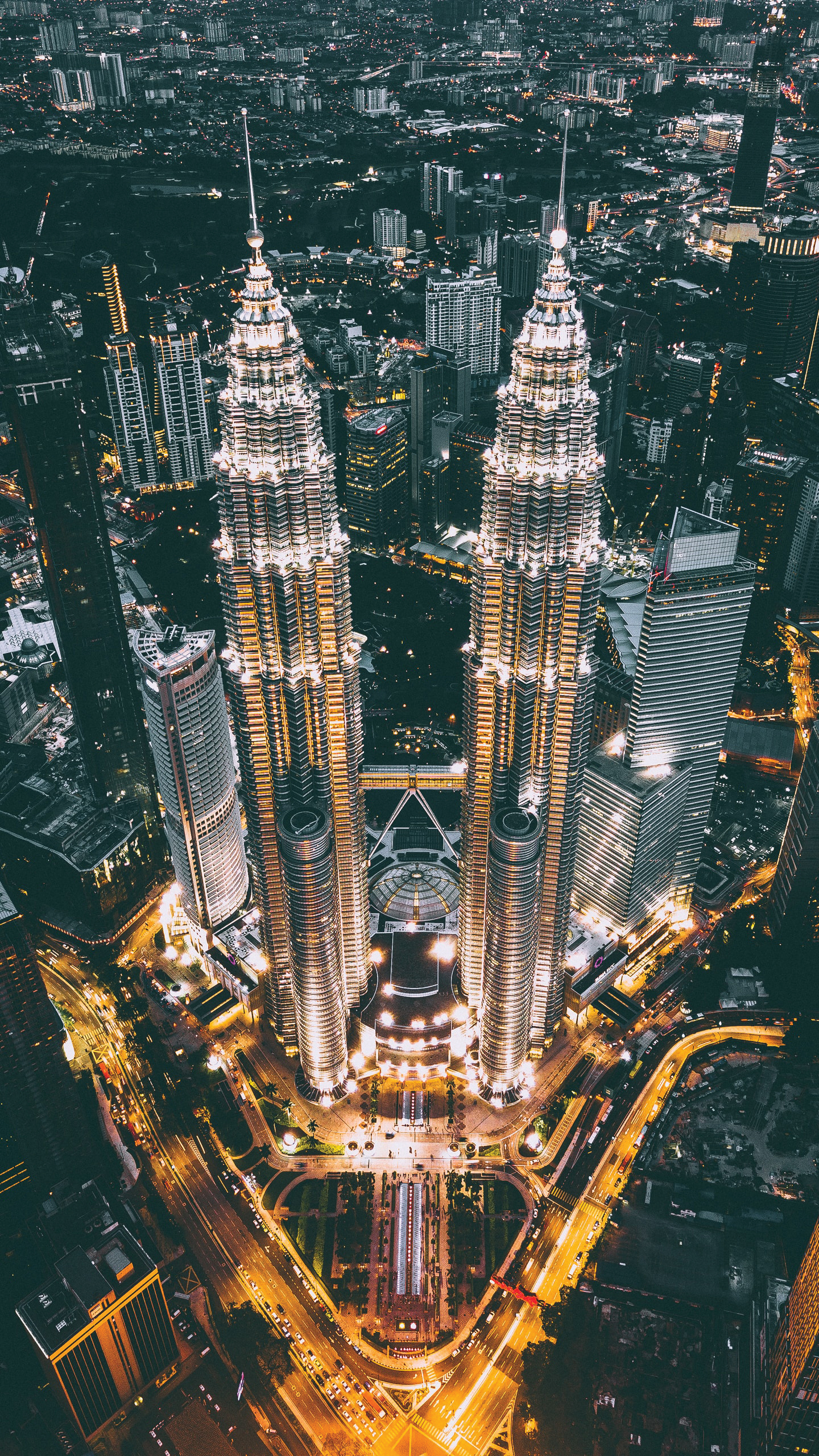
Gleaming and modern, this is a place of giant, glitzy shopping malls, well-run public services, and enough good highway to circle the Earth and then some. Its economy is one of the strongest and fastest-growing in the region. Even the farmers in the rice fields speak English well enough to correct yours. It's a cosmopolitanism that can be mistaken for blandness — but once you get beneath the surface, Malaysia is anything but.
For hundreds of years, the Malaysian Peninsula sat at the heart of a vast web of trade routes that spanned from Japan in the east to Europe and Africa in the west.
During that time, it wasn’t just silks and spices that came ashore, but people — and with them came countless languages, religious beliefs, artistic styles, and social customs, from corners as far-flung as Persia and Portugal. Some moved on, some stayed — but all of them left their mark, and their influence can still be traced in all aspects of Malaysian culture and society today.
Diversity is at the heart of what makes Malaysia so fascinating, and it’s not confined to the culture. Peninsular Malaysia may account for only 40% of the country’s total land mass — an area smaller than California — but what it lacks in size, it makes up for in geographical range.
Between opposing coasts fringed with white, sandy beaches and tropical islands, it covers just about every type of landscape found in Southeast Asia.
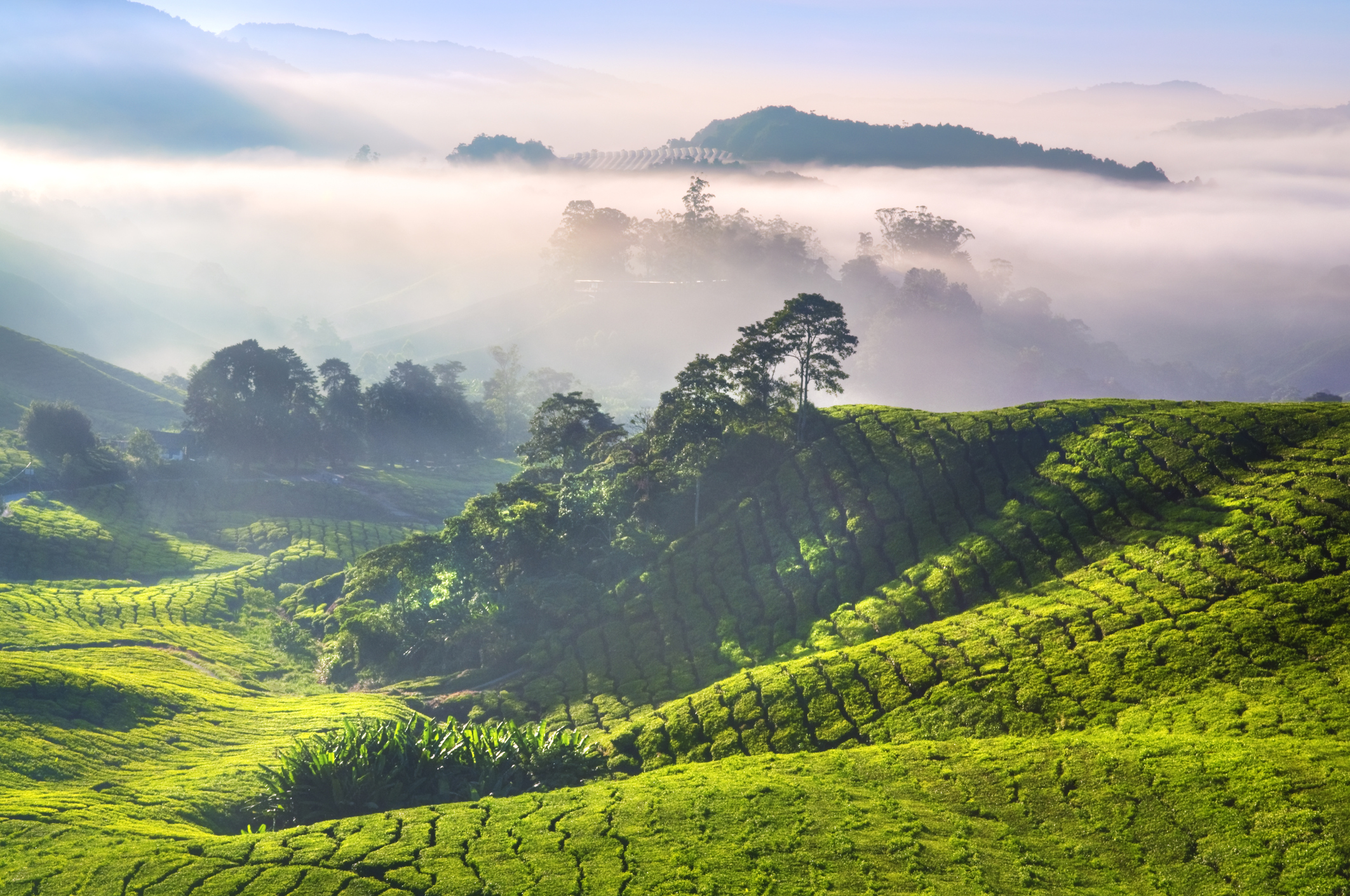
There are rolling hills cloaked in tea fields in the Cameron Highlands and 130-million-year-old rainforest in Taman Negara. There are farming villages nestled among the coconut plantations, and centuries-old port towns on the Strait of Malacca. All this is connected by smooth, paved roads and superfast 4G, which means no uncomfortable journeys, no long delays — in fact, it means pretty much no hassle or stress of any kind. If you want to see the best of Asia and you don’t want to waste a moment of precious time, this is the place to do it.
While these diverse landscapes provide the perfect backdrop, the main event (for us, at least) is Malaysia’s cultural diversity. In any one city, you can try on a sari in an alleyway filled with the sounds of Bollywood music and the scent of marigolds, then walk ten paces and find yourself in the heart of Chinatown, with hawkers frying Hokkien mee noodles and incense drifting out of Confucian temples. Traditional Malay stilt villages nestle in the heart of towering skyscrapers, while 15th-century Portuguese fortresses stand next to bright-red Dutch clocktowers. It's not uncommon to find an Islamic mosque, a Hindu gopura tower, and a Chinese temple standing cheek-by-jowl on a single road — evidence of a web of influences so complex it’d take a lifetime to unpick.
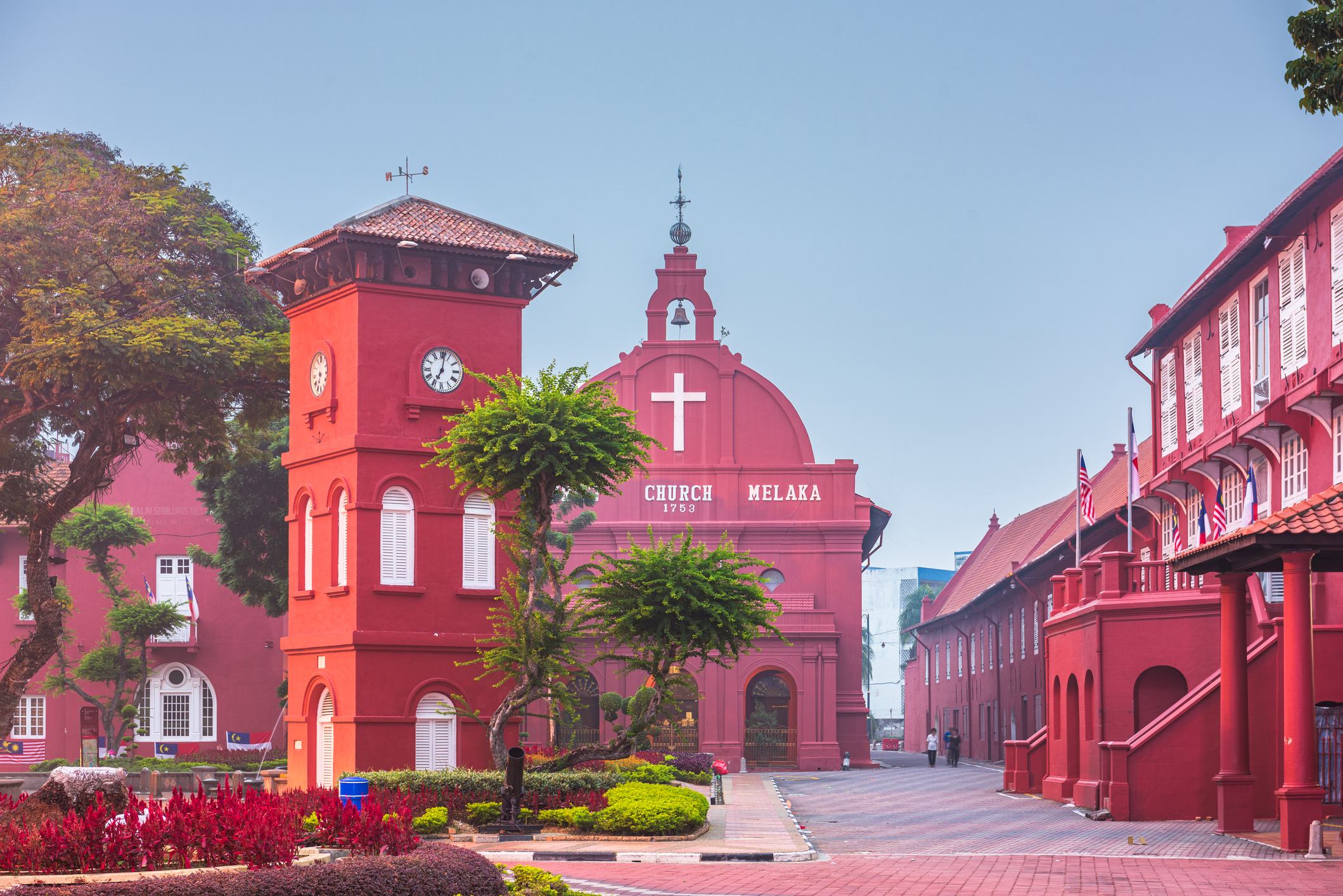
Though the strongest cultural influences come from Malaysia’s Malay, Chinese and Indian communities, its unique hybrid cultures are even more fascinating.
The Kristang, for instance, are Portuguese-Malaccan people who still practise Roman Catholicism and perform folk dances in European-style costume. The Peranakans have united Hoklo Chinese religion and language with native Malay traditions to form a rich and completely unique culture (not to mention one of the most delicious fusion cuisines in the world). Then there are Malaysia’s aboriginal groups, who were here before anyone else, and still live traditional lifestyles in the jungles and mountains of the Peninsula.

All this cultural commingling has spilled over from architecture, food and religion into language, too. Malaysians today speak in a colloquial patois they call “Manglish”: an eclectic mash-up of Malay, Hokkien Chinese, Tamil and English, sprinkled liberally with colourful local slang. Learn to use “suka-suka” (doing something as one likes, regardless of disapproval), “agak-agak” (approximately), and the ubiquitous “lah” (a word that everyone uses a hundred times a day and yet could never define), and you’ll delight your hosts.
All of this adds up to a culture that’s astonishingly diverse in all its aspects — but it hasn’t all been love and laksa.
Within two years of officially becoming a nation in 1963, Malaysia had expelled one of its states, Singapore, over Sino-Malay racial strife (to this day, Singapore is the only modern country to have gained independence against its will). Then, after riots in Kuala Lumpur in 1969 sent the country into a state of national emergency, the government introduced controversial affirmative action policies to give priority to Malays and indigenous peoples (the bumiputra, or “men of the soil”). Though they aimed to improve opportunities for the marginalised, not everybody agreed with them. It’s a subject that’s still hotly debated in Malaysia today.
Where there’s social discontent, religion isn’t far behind. Malaysia may be proud of its religious pluralism, but recent years have seen the country backslide toward fundamentalism with the introduction of increasingly strict Islamic policies. It’s still nothing compared to somewhere like Saudi Arabia — many Malaysian women don’t wear the veil, and for the most part cities feel cosmopolitan and uninhibited — but the fact remains that this is one of the most conservative countries in Southeast Asia. Homosexuality is illegal, though LGBT travellers are highly unlikely to encounter hostility, and even heterosexual couples can face a fine for any public display of affection beyond a peck on the cheek. Alcohol isn’t prohibited by law, but with 60% of the population Muslim non-drinkers, expect a much more muted drinking culture than in party-happy Thailand.
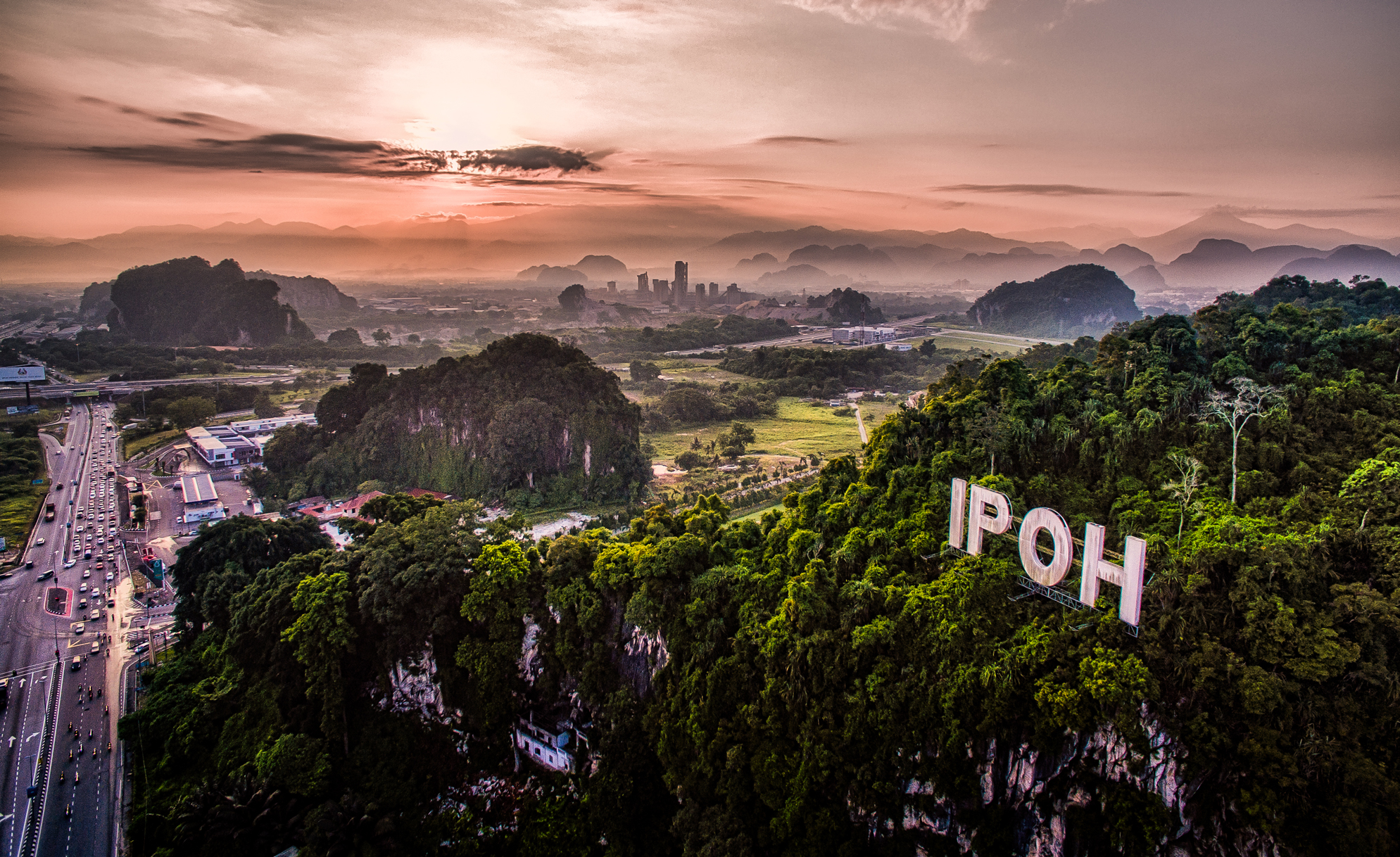
But though it’s important to acknowledge Malaysia’s conservative culture, it’s equally important to remember that political and religious issues don’t define Malaysian people. Far from it.
The vast majority of Malaysians are warm, welcoming, and accepting of other beliefs and cultures. They’re also often disarmingly frank, and proud of it — though criticism is always delivered with a wink and a smile. This openness and honesty spills over into all areas of life, so if you drop your wallet, expect to get it back with cash inside (and be called a fool for losing it). Malaysian humour can be biting but it’s always good-natured, and you can rest assured that nobody is spared. As any local will tell you, you need a skin as thick as elephant hide to be Malaysian.
Beyond their humour, Malaysians define themselves by a kind of on-the-fly spontaneity and gut-feel decision-making that they affectionately term “agak-agak”. Remember agak-agak? It’s a phrase that literally means “more or less”, but in practice it embraces all sorts of uncertainty and vagueness, and it's practically a national philosophy. Whether it’s following a recipe, keeping an appointment, or making good on a promise, don’t ask a Malaysian to be precise — it’s not in their genes. It can be a source of frustration for foreigners, but agak-agak is an invitation to stop worrying and go with the flow. Just give in to it and see where it takes you!

One place it'll most certainly take you is Malaysian cooking.
Nowhere is agak-agak more appropriate — and we suspect that it’s this anything-goes attitude that has made Malaysian cuisine so gloriously inventive. Pinching here from Hokkien Chinese cooking, there from Indian curries, and somewhere else from Portuguese baking — then melding it all with native Malay spices and ingredients — it's some of the most delicious food you can try anywhere.
In a single day you can eat tissue-thin roti dipped in spicy Indian daal, melt-in-the-mouth Javanese beef rendang, Portuguese grilled fish, and Thai-inspired tom yam, all with an unmistakable Malaysian twist. Laksa is the perfect example: a Peranakan concoction of Chinese noodle soup with Malay coconut and spices (with a Persian name, no less), it’s a delicious symbol of everything that’s great and good about Malaysian culture. Even if Malaysia’s ethnic groups haven’t yet achieved complete harmony, we like to think that its cuisine is proof it can be done.

As a well-developed country with an international outlook, Malaysia sometimes suffers from accusations of being too globalised to be interesting; too modern to have real culture.
Don’t listen. It’s easy to bemoan the effects of progress without acknowledging its benefits, and Malaysia’s modernity and economic prosperity doesn't mean it hasn't got unique culture. It just means you need to look a little harder to find it – and that's something we can definitely help with.
Malaysia isn’t rough around the edges like Laos or Cambodia, but that doesn’t make it Southeast Asia “Lite”. It's a country with a deep and complex culture, magnificently delicious food, diverse landscapes and ecosystems, incredibly warm and funny people — and on top of it all, every mod-con you could ever wish for. It's a living, breathing, changing, moving place. Just get out there and start making friends, and you’ll soon find out for yourself.
